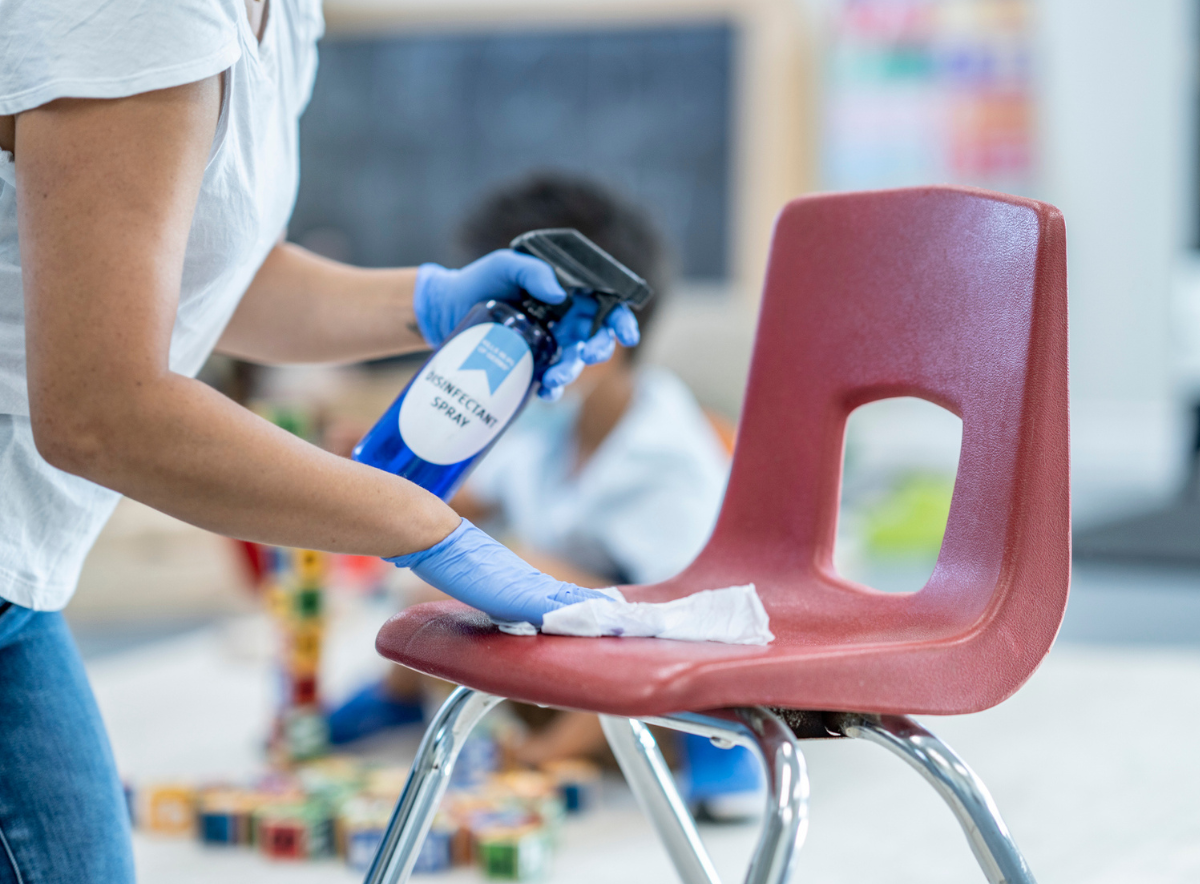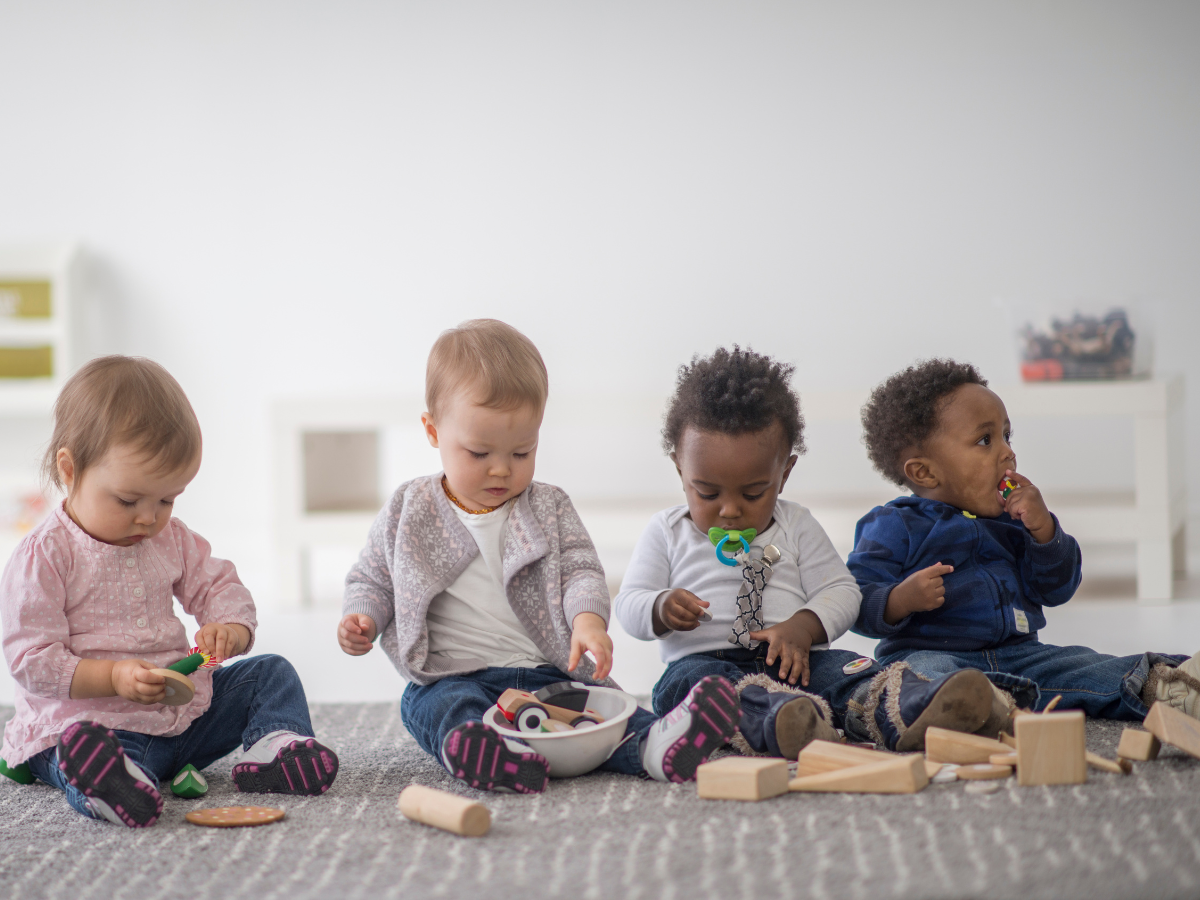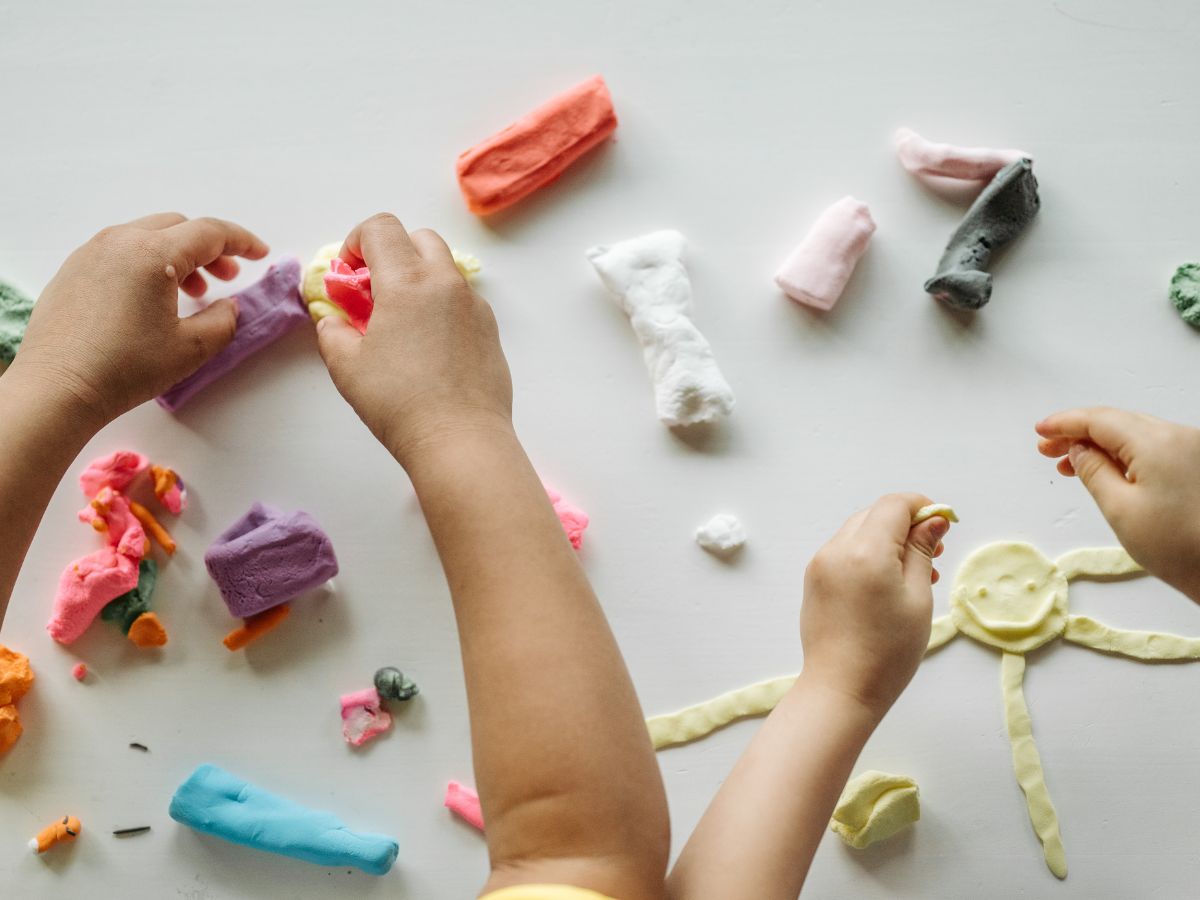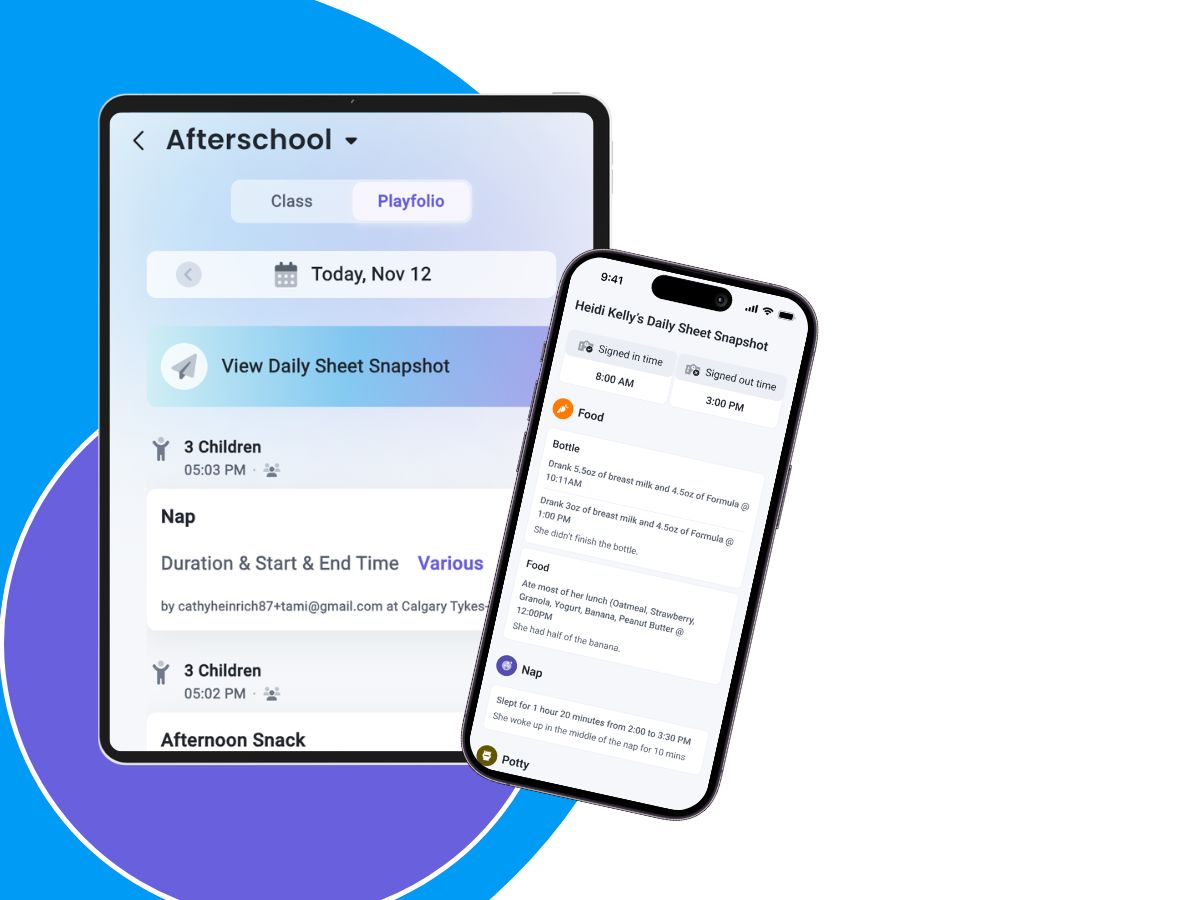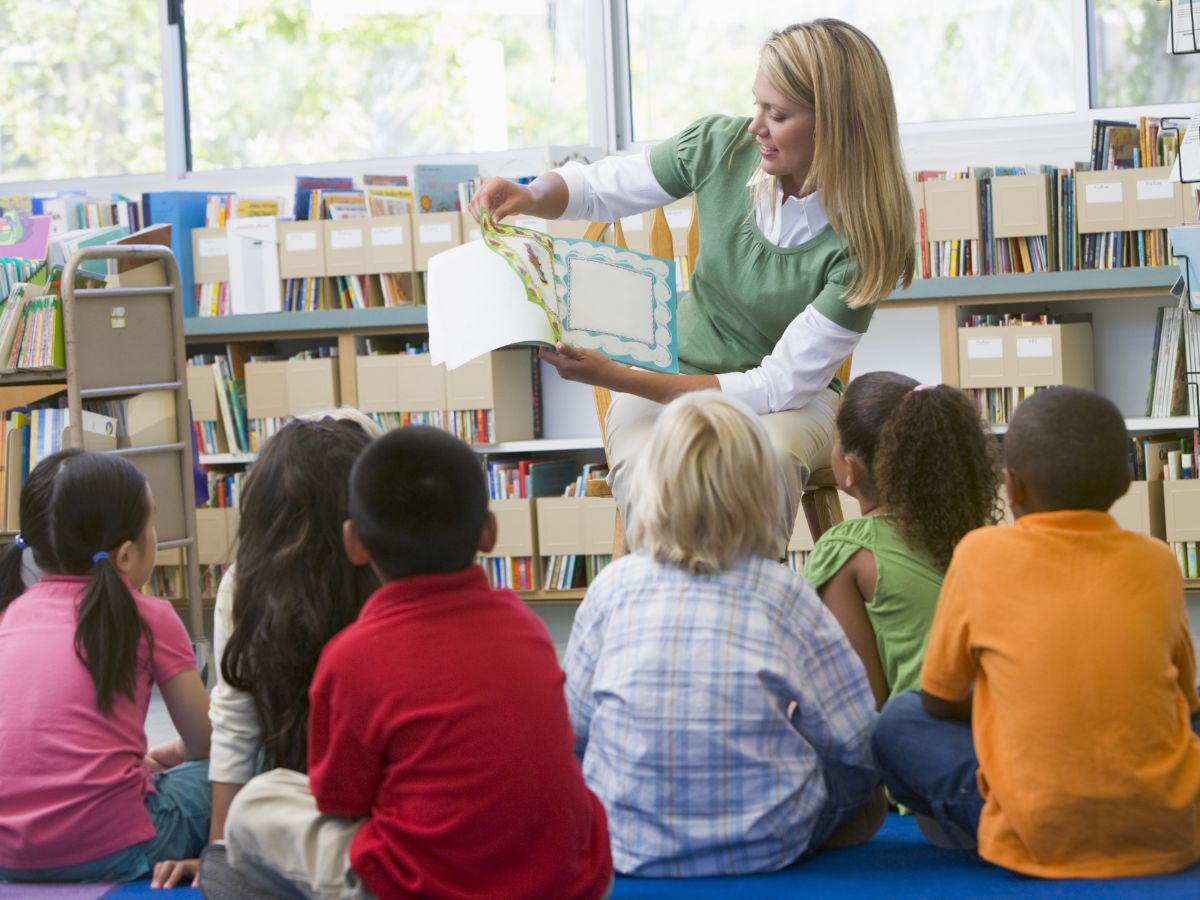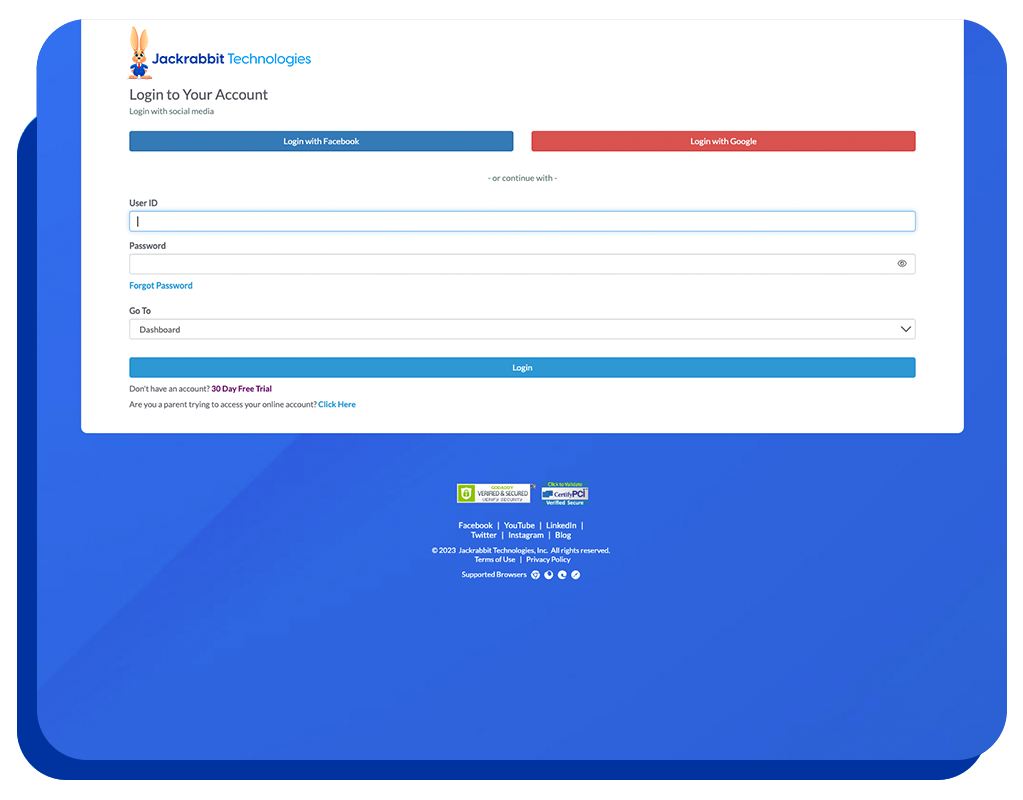Is it possible to have a child care center that is free of germs? Not likely. However, there are several precautions that you can take to prevent the spread of germs at your child care facility.
Studies show that implementing simple hygienic practices, such as hand-washing, can significantly reduce the rates of illnesses in child care settings.
Why do germs spread easily at child care centers?
Children and staff can take certain steps to help prevent the spread of germs at child care facilities.
Kids have an inborn behavioral habit that gives them the need for close interpersonal contact with both adults and other children. This can pose a problem when an innocent toddler invades a sick friend or teacher’s personal space. Not to mention that a child’s under-developed immune system makes them more susceptible to getting sick from germs transferred in these close encounters. Training caregivers must also be appropriate for the child care environment.
How can child care centers help prevent the spread of germs?
Here are six tips to help keep child care centers germ-free:
Frequent hand washing
Hand washing is not only important for kids, but for caregivers as well. Studies have shown that proper hand washing is probably the best way to limit the spread of infection in child care centers.
However, keep in mind that doing it the right way is more important than doing it at all. One study showed that faucet handles are one of the most contaminated areas in child care centers! One option is the use of automatic faucets – for which the high cost may outweigh the benefits – but they are an effective option for helping your center limit the spread of germs.
Clean diapering stations and restrooms
Foot-activated roll-out trash cans for diapers are great for reducing the transfer of germs on hands. It’s also important to include the use of disposable latex gloves and good sanitation practices in diapering areas to prevent infections that can cause stomach and intestinal illnesses.
Proper food storage
Make sure food storage areas are clean and foods that can spoil at room temperature are refrigerated.
Proper food preparation
Porous, cracked, or damaged surfaces can provide safe havens for germs to hide. Make sure that counters or tables for food preparation are nonporous, in good condition and located a safe distance from any diaper changing areas. These areas should always be clean to further reduce the presence of germs.
Proper ways to serve food
Children should only have contact with serving dishes, utensils and areas if absolutely necessary and should never be allowed to share their food, drinks or utensils.
Caregiver training
Make sure caregivers have been properly trained on hygiene practices for limiting the spread of germs. Simply understanding how illnesses are spread and which ones to look out for can be a huge asset in infection prevention.
Because of the high employee turnover rate in the child care industry, it may be challenging for you to provide continuous training to new employees. The effort, however, is important to successfully implementing your center’s hygiene practices.
What Parents can do to Help Prevent the Spread of Germs
- Seek out child care groups that are small to limit the number of children and therefore the opportunity to spread germs.
- Make sure the chosen child care center incorporates proper hygienic practices, especially frequent hand washing, clean diapering areas, and proper food practices.
- Follow the child care center’s guidelines for keeping children at home while they are sick.
- Look for child care centers with open-door policies so daily hygienic practices, the admission of sick children and properly cleaned facilities can be monitored.
- Have conversations with pediatricians because they have insight on which area child care centers are prone to having the most sickness.

How to Properly Clean a Child Care Center
Clean
The first step to creating a child care center that is free of germs is to clean – thoroughly. All surfaces, including windows, carpets, glass, doorknobs, bathrooms and toys should be scrubbed, washed and rinsed. Dirt can prevent sanitizers and disinfectants from working properly, so it is critical that all dirt is removed in the ‘cleaning’ step.
A mild detergent and water solution is best. Avoid cleaning detergents with lots of chemicals: green cleaning solutions are the best and have less of an effect on human health and the environment than non-green alternatives.
Sanitize
Choosing the correct child care center cleaning supplies is important in maintaining a healthy facility. To properly sanitize, use an appropriate sanitizer that lowers the number of germs on surfaces and objects to a safe level.
All door knobs, railings, faucets, and eating utensils should be sanitized using antimicrobials.
Disinfect
Yes, sanitizing is great, but it isn’t a substitute for disinfecting. Any area that comes in contact with germs must be disinfected in order for the care of children in a child care center to be healthy. Disinfecting kills germs on surfaces and objects including diaper changing areas, toilets, mouthed toys, water fountains.
To properly disinfect, apply a disinfecting solution to an area and allow it to air dry for a few minutes. If the area is going to be used right away after disinfection, it should be rinsed with a solution of soap and water.
Bleach is a good choice that can be used for both sanitizing and disinfecting and is one commonly used in child care centers. Any product used to sanitize or disinfect must be registered by the Environmental Protection Agency (EPA), and of course, bleach is. Bleach is a good sanitizer because it is readily available, relatively inexpensive, easy to use, and has a short killing time.
The Importance of Child Care Center Cleaning
In most cases, children are at a greater risk of exposure to toxins and germs than their adult counterparts. Common cold, the flu, coughs, and sore throats are just a few of the illnesses that run rampant through child care centers. It is estimated that children in child care and school settings will have as many as 8 to 12 colds – each year. In addition, children and workers in child care centers are one of the most likely groups to get hepatitis A . So it’s critical that child care centers do everything possible to maintain safe and clean learn-and-play spaces for children in their care.
A good way to ensure that your child care is cleaned in the most thorough way and frequency is to hire cleaning services with expertise tailored to child care center requirements. This is an added operational cost but gives you confidence in how clean your child care center is and peace of mind in knowing that your center will not be the point of distribution for nasty germs.

